At Skin Design, we are committed to offering you the most cutting-edge, innovative treatments available. Sciton BBL (BroadBand Light) and MoxiI are just that. These treatments are sought after for a reason- they deliver incredible results with little to no downtime. BBL and Moxi can be performed individually or as a combination treatment. As a duo, they treat pigmentation, redness, fine lines/wrinkles, texture and vascular issues, leaving you with a brighter, smoother and more even complexion. Both BBL and Moxi can be done on any part of the body, the most common areas being the face, neck, chest and back of the hands.
Let’s break each device down separately:

First up is the award-winning BBL, which is actually a light device and technology called IPL (intense pulsed light). BBL is focused on the tone of the skin and can treat:
- Brown/age spots
- Freckles
- Redness (ie: rosacea)
- Vascular lesions (broken blood vessels. cherry hemangiomas)
- Dull complexion
- Acne
A BBL treatment is comfortable and quick with little to no downtime. You can go back to normal social activities immediately and there is no heavy or time-intensive post-care. After treatment you can expect your brown spots to appear darker, almost as though you have coffee grounds on your skin. These will flake off over the course of 5-7 days, leaving you with a clearer, more even complexion.
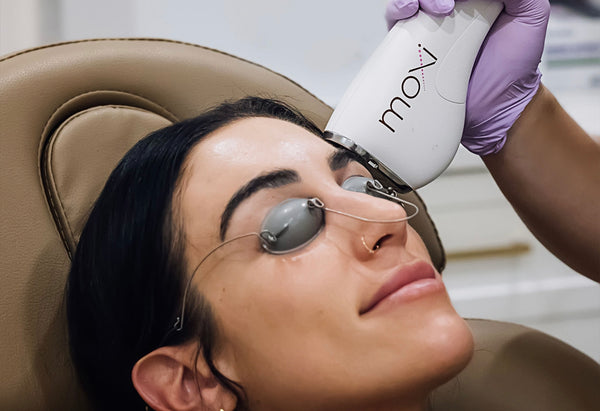
Next is Moxi, the sister treatment to BBL. Where BBL is a light device (IPL), Moxi is a true laser, meaning it uses laser energy to create tiny, controlled thermal injuries in the skin. This controlled trauma stimulates collagen production as the skin repairs itself, resulting in an improvement in skin texture, fine lines/wrinkles and tone. Moxi is a non-ablative, fractionated laser, meaning the outer layer of the skin is not damaged, which decreases downtime compared to other, more aggressive lasers. Moxi can improve:
- Uneven skin tone
- Pigmentation + sun damage (including melasma)
- Signs of aging
- Uneven texture
- Fine lines/wrinkles
A Moxi treatment takes 12-15 minutes to complete. You will numb topically for about 30-40 minutes, making the treatment extremely comfortable. Downtime is minimal- we recommend 24 hours of no makeup or strenuous exercise/sweating. Otherwise, you can return to your normal social activities. After treatment you will notice small micro-dots on the skin called “MENDS” where the laser was applied. As the microzones heal, they will darken and feel rough. Between days 3 and 5, the MENDS will slough off, revealing new skin beneath.
Now, which treatment is better for you?
BBL may be better if: you are looking to focus on evening out the color and tone of your skin including redness (rosacea) and brown pigmentation (sun spots/age spots, freckles). We can even treat vascular lesions such as broken blood vessels and red spots like hemangiomas.
Moxi may be better if: you are looking to boost collagen production and improve overall skin health and appearance including some color/tone correction, as well as fine lines/wrinkles and mild textural abnormalities.
BOTH may be better if: you want a whole new level of skin rejuvenation! You get all the above as BBL and Moxi work synergistically to improve pigmentation, uneven tone, sun damage, redness, vascular lesions, fine lines/wrinkles and uneven texture. Plus, you’ll get a boost in your collagen production!
BBL and Moxi are award-winning, powerhouse treatments that have been proven to improve the health and appearance of the skin. If you are interested in either of these treatments, we recommend scheduling a consultation to discuss your skin goals and which treatment(s) would be best for you!

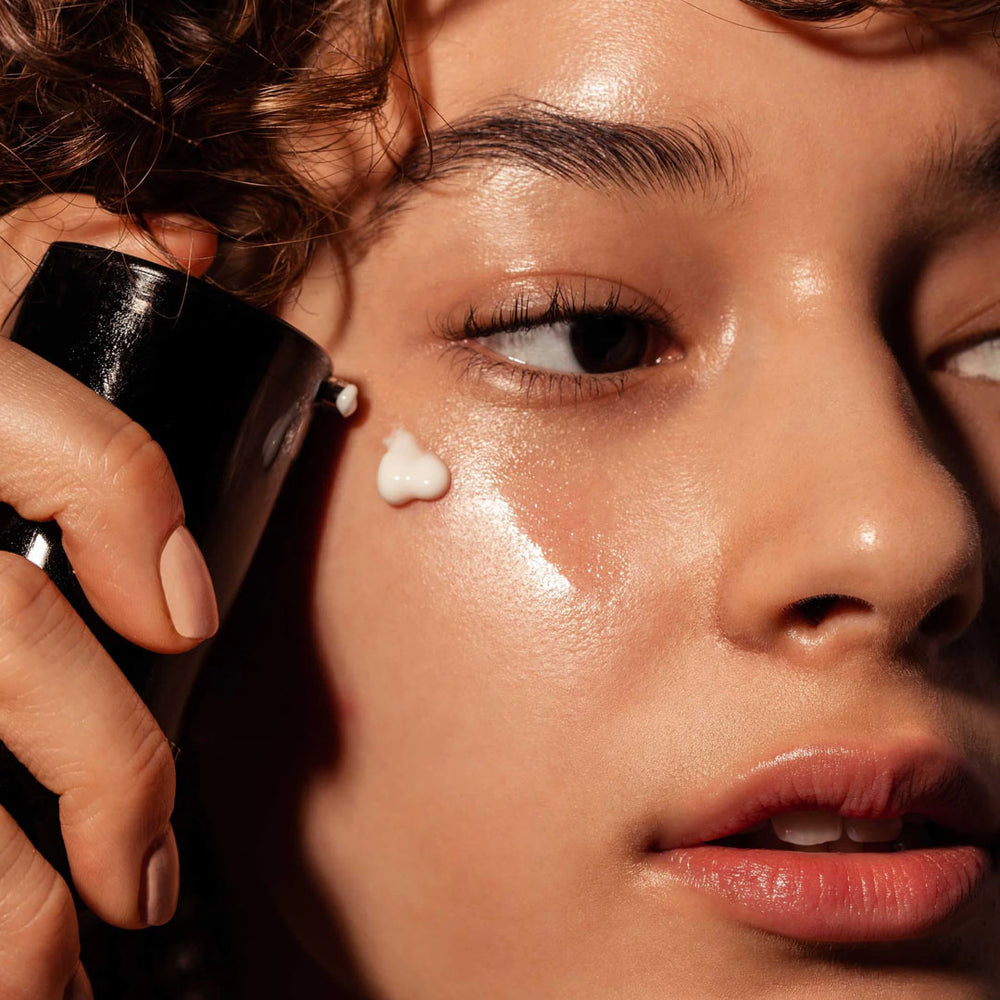
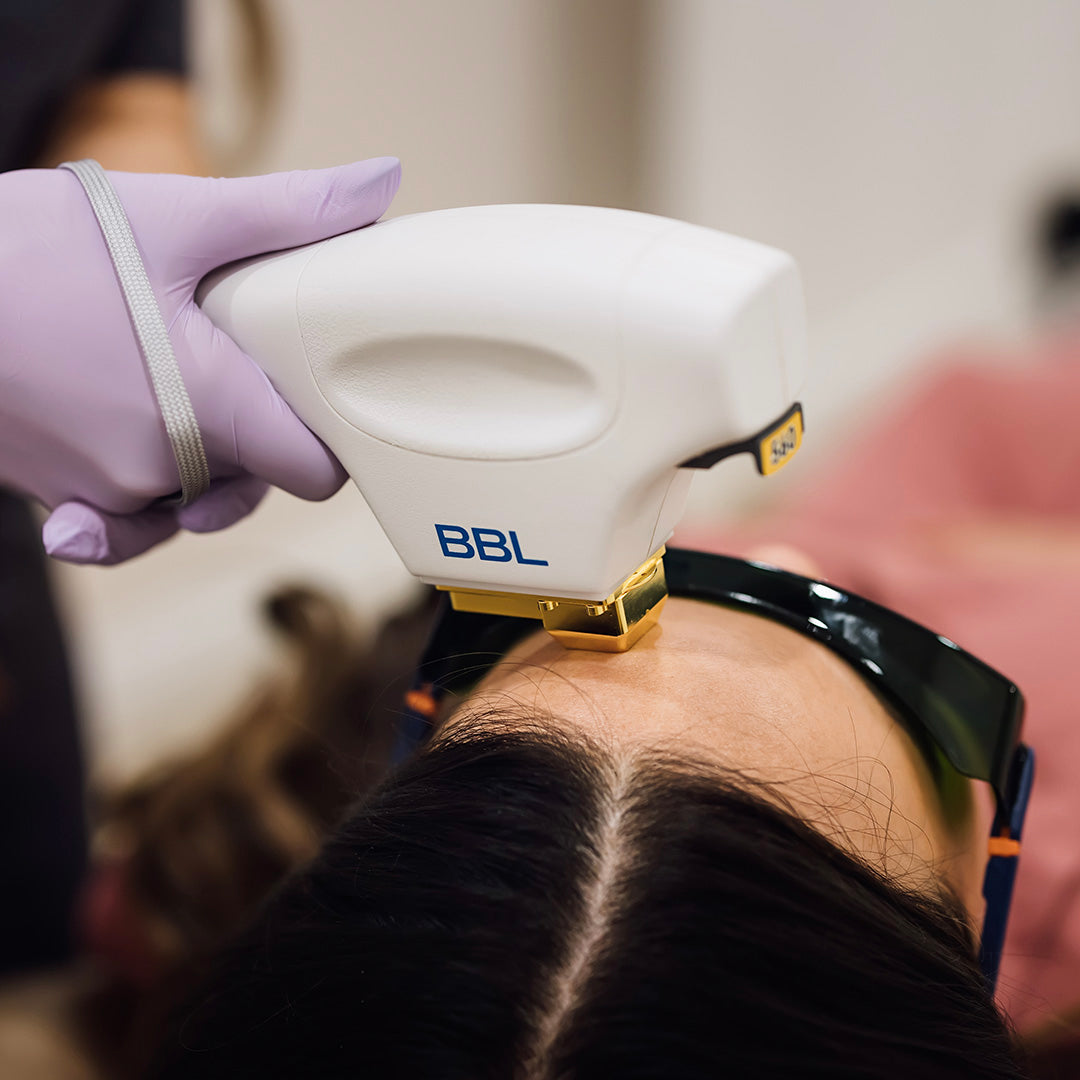

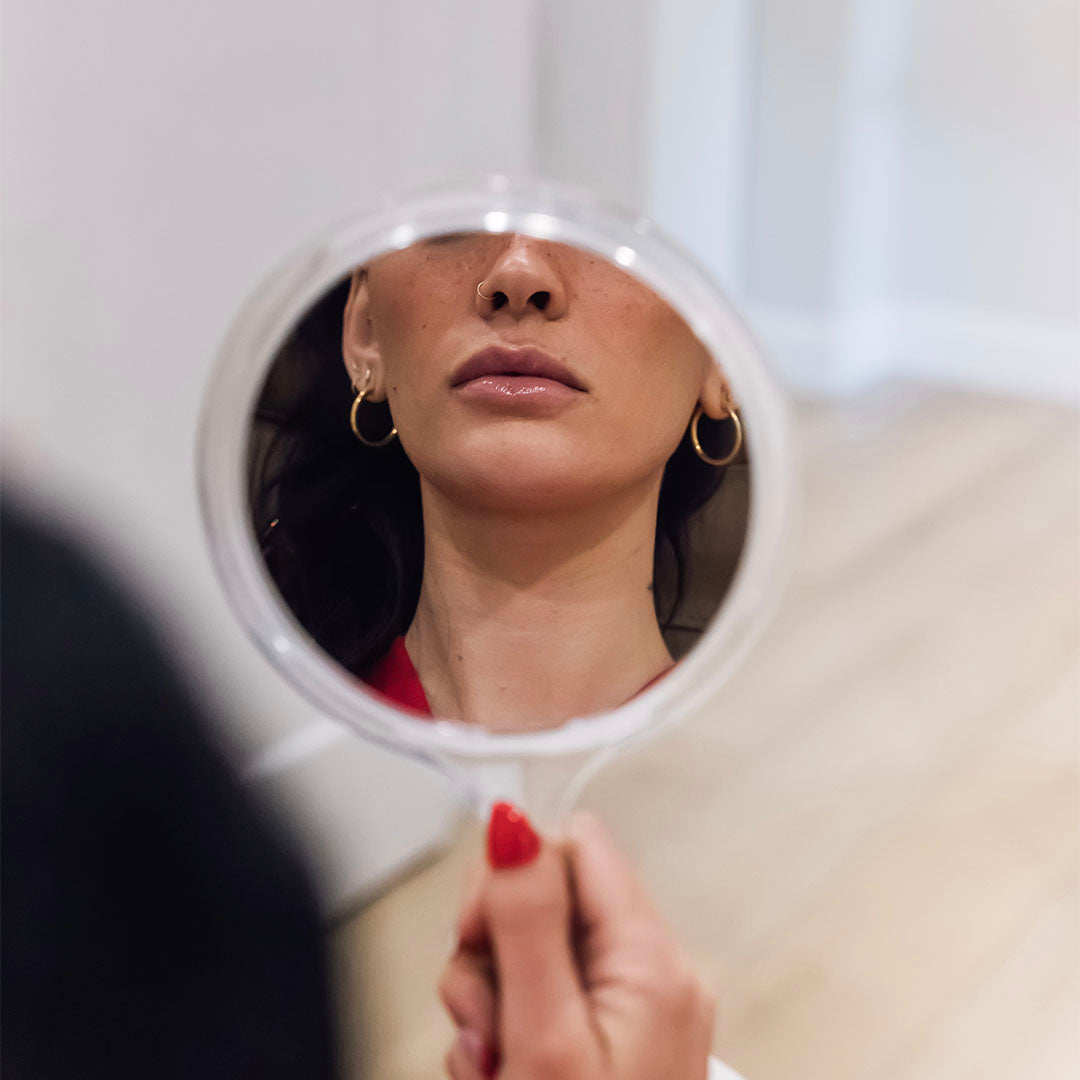
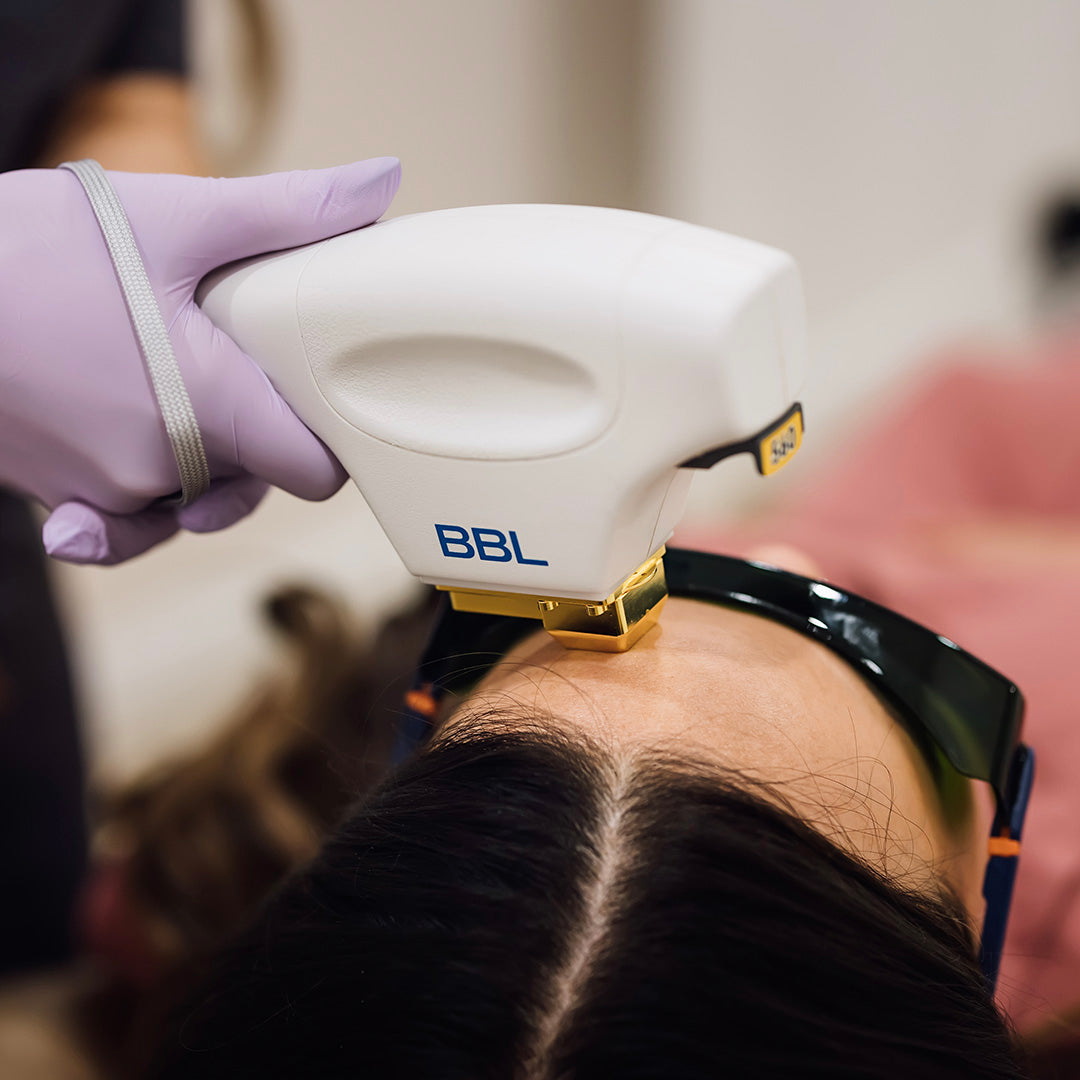
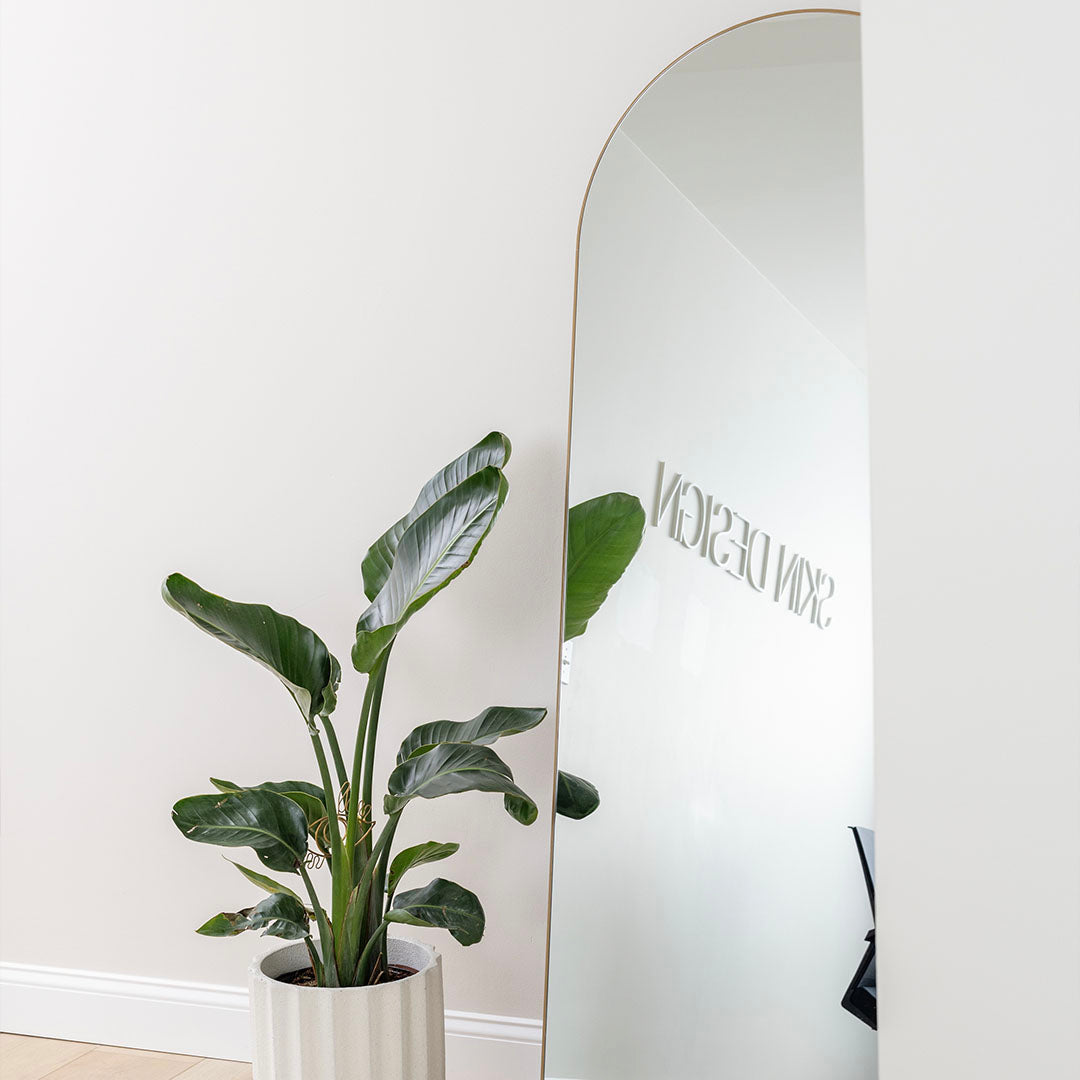

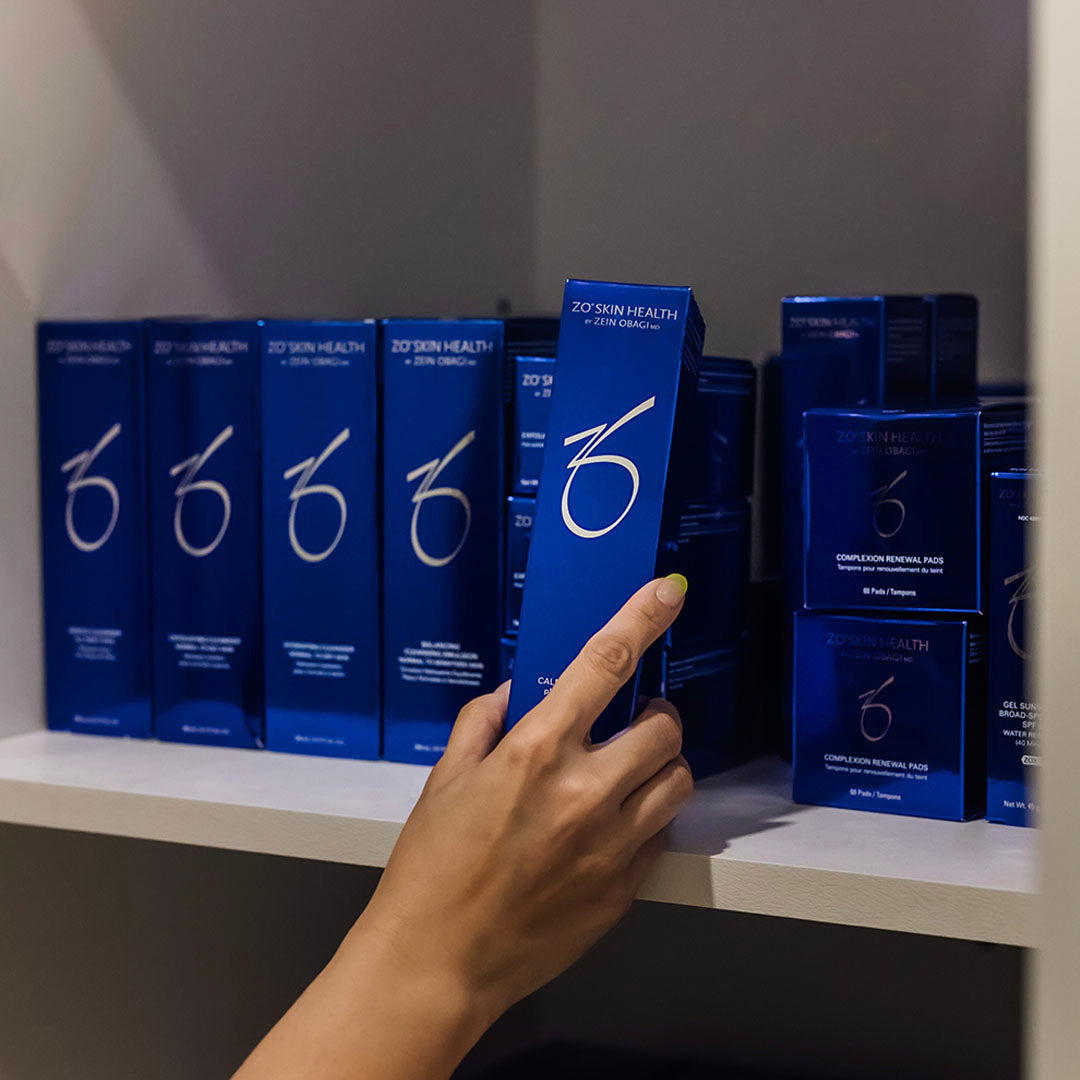

Leave a comment